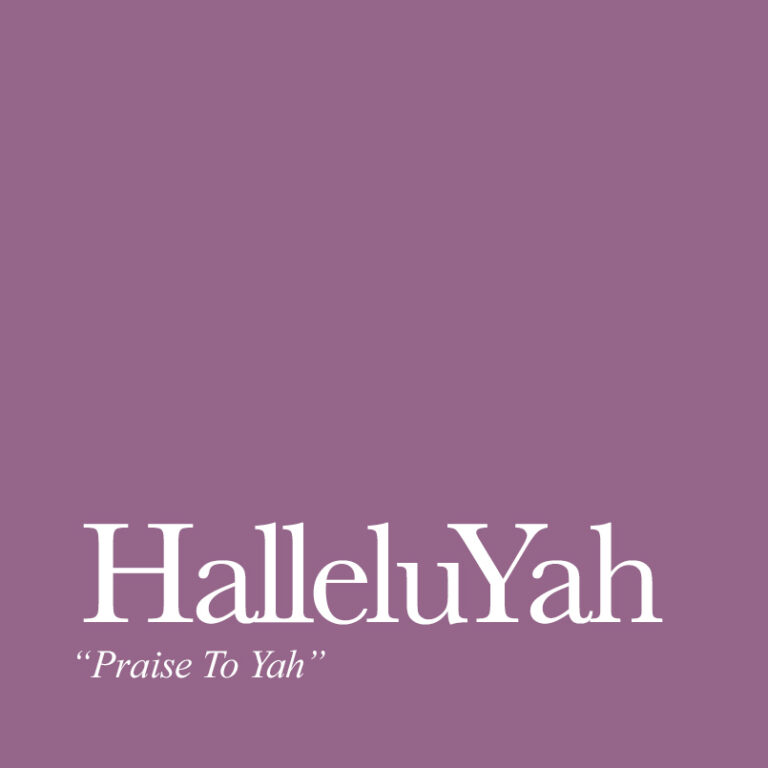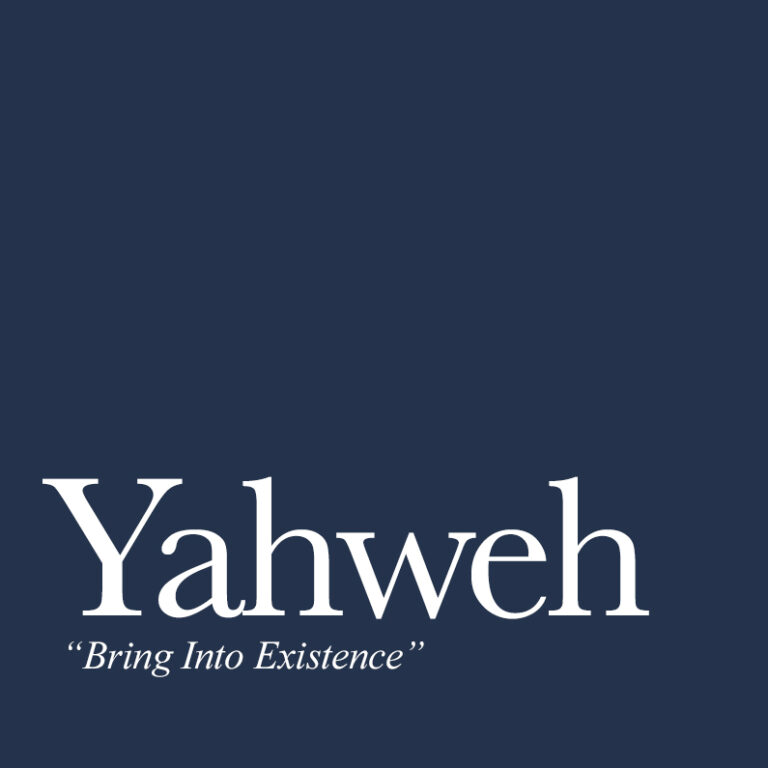When two people synchronize their watches, they set them so that they match each other, telling the same time. In archaeology, a synchronism is a connection between the literary (biblical) description of a person, place or event in history, with remains from the material culture (inscriptions, etc.). Many archaeological discoveries have established synchronisms between Israel and the surrounding nations which confirm historical details in the Bible. I have highlighted synchronisms with Egypt through three Egyptian inscriptions that refer to Israel, as well as synchronisms with Assyria through three Assyrian inscriptions that refer to Hebrew kings. In this article, we’ll look at three Babylonian inscriptions and how they synchronize with the Israelite nation around the time of the exile.
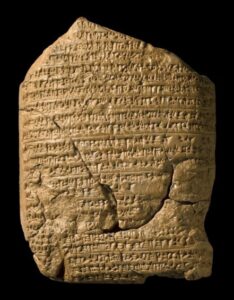 The Babylonian Chronicles
The Babylonian Chronicles
The Babylonian Chronicle for the years 605-594 BC describes Nebuchadnezzar’s campaign against Jerusalem in 597 BC. Photo Credit: British Museum / CC BY-NC-SA 4.0
2 Kings 24 tells the story of Jehoiachin, the King of Judah. The Bible records:
“At that time the servants of Nebuchadnezzar king of Babylon came up to Jerusalem, and the city was besieged. And Nebuchadnezzar king of Babylon came to the city while his servants were besieging it, and Jehoiachin the king of Judah gave himself up to the king of Babylon, himself and his mother and his servants and his officials and his palace officials. The king of Babylon took him prisoner in the eighth year of his reign and carried off all the treasures of the house of the LORD and the treasures of the king’s house, and cut in pieces all the vessels of gold in the temple of the LORD, which Solomon king of Israel had made, as the LORD had foretold….And the king of Babylon made Mattaniah, Jehoiachin’s uncle, king in his place, and changed his name to Zedekiah.” (2Ki 24:10-14,17 ESV)
This event is described in the Babylonian Chronicles – a collection of clay tablets, written in cuneiform that describe the significant events in Babylonian history each year. The chronicle for the years 605-595 B.C. (known as the Jerusalem Chronicle) records the fall of Jerusalem to Nebuchadnezzar in March 587 B.C.:
“He [Nebuchadnezzar] camped against the city of Judah [Jerusalem] and on the second day of the month of Adar he took the city and capture the king [Jehoiachin]. He appointed a king of his own choice there [Zedekiah], took its heavy tribute and brought them to Babylon.”1
This Babylonian inscription confirms numerous details from the Biblical account: the siege of Jerusalem, the deposition of King Jehoiachin, the appointment of King Zedekiah, and the heavy tribute (ie. the treasures from the Temple and palace) that Nebuchadnezzar took. Furthermore, it gives the exact date that the city of Jerusalem fell: March 16, 597 BC.
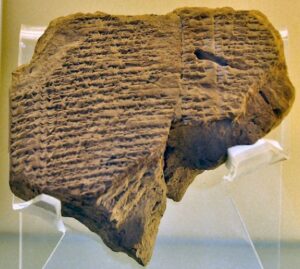
The Jehoiachin Ration Tablet
The Jehoiachin Ration Tablet contains a record of the oil ration for King Jehoiachin and his sons while they were prisoners in Babylon. Photo Credit: Ferrell Jenkins – https://ferrelljenkins.blog/2012/02/08/evil-merodach-562-560-graciously-freed-jehoiachin/
When Jehoiachin was deposed by King Nebuchadnezzar, he was taken as a prisoner to Babylon. Later, when Nebuchadnezzar’s son, Evil-merodach became king, he released Jehoiachin. In 2 Kings 25:27-30 we read:
“And in the thirty-seventh year of the exile of Jehoiachin king of Judah, in the twelfth month, on the twenty-seventh day of the month, Evil-merodach king of Babylon, in the year that he began to reign, graciously freed Jehoiachin king of Judah from prison. And he spoke kindly to him and gave him a seat above the seats of the kings who were with him in Babylon. So Jehoiachin put off his prison garments. And every day of his life he dined regularly at the king’s table, and for his allowance, a regular allowance was given him by the king, according to his daily needs, as long as he lived.” (ESV)
In the early 1900’s, Robert Koldewey led the excavations at Babylon. Near the famous Ishtar Gate he unearthed a collection of clay tablets that were official Babylonian administrative documents recording the monthly rations of oil, barley and spices for royal prisoners and skilled laborers. Amidst the tablets was one that named King Jehoiachin and recorded, “10 sila of oil to Jehoiahhin, king of Judah…and to the sons of the king.”2
This Babylonian ration tablet is consistent with the biblical text confirming that Jehoiachin was a prisoner in Babylon, and that he was given a ration (allowance) for his needs. Moreover, this was the first extra-biblical document describing the Judahite royal household during the Babylonian Captivity.3
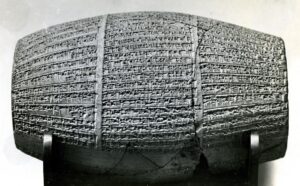 The Nabonidus Cylinder
The Nabonidus Cylinder
800px-Cylinder_Nabonidus_BM_WA91128
The Nabonidus Cylinder confirms the existence of Belshazzar, the oldest son of Nabonidus, King of Babylon. Photo Credit: Jastrow / Wikimedia Commons / CC BY 2.5
Daniel 5 records the account of the fall of Babylon to the Medes and the Persians. It begins, “King Belshazzar made a great feast for a thousand of his lords and drank wine in front of the thousand,” (Dan 5:1 ESV) and ends with words, “That very night Belshazzar the Chaldean king was killed. And Darius the Mede received the kingdom, being about sixty-two years old. (Dan 5:30-31 ESV).
During the early 19th century, critics used to point to this chapter as evidence of the inaccuracy of the Bible, as Belshazzar was unknown to history. Ancient historians (Berosus and Abydenus) recorded that Nabonidus was the last king of Babylon. Then in 1854, J. E. Taylor was excavating the ruins of the ziggurat at Ur when he discovered four cylinders in each of the corners of the structure. These cylinders contained the same inscription: a prayer of Nabonidus to the god Sin. It reads:
“As for me, Nabonidus, King of Babylon, save me from sinning against your great godhead and grant me as a present a life of long days, and as for Belshazzar, my oldest son my offspring, instill reverence for your great godhead in his heart an may he not commit any cultic mistake, may he be sated with a life of plentitude.”4
Another inscription, the Persian Verse Account of Naboniudus, was discovered in 1924. It described how Nabonidus abandoned the worship of Marduk the chief Babylonian god and built a temple for the new sun god, Sin, whom he wished to worship. He then went on a “long journey” to the west, ending up at the Tayma Oasis, which he built into a city and constructed a palace to live within. Before leaving he “entrusted the army to his oldest son, his first born, the troops in the country he ordered under his command. He let everything go, entrusted the kingship to him, and, himself, he started out for a long journey. (ii.5 and ii.6).”5
These inscriptions confirm that Beshazzar was an actual historical figure and that he was the reigning monarch in Babylon the night it fell. Furthermore, they help to explain Belshazzar’s comment in Daniel 5:7 that the person who could read the writing on the wall would be made the third highest ruler in the kingdom. As co-regent in his father’s absence, that’s all he could offer.
Summary
These Babylonian inscriptions establish synchronisms between the biblical description of the Israelite exile and corresponding Babylonian history. On their own, each might be considered interesting side note to a Bible story. Considered in the context of the hundreds of other synchronisms that have been established through archaeology between Ancient Near Eastern history and the biblical text, they become a powerful part of the mounting evidence that testifies to the historical reliability of Scripture
Repost – Original post by By Bible Archeology Report

